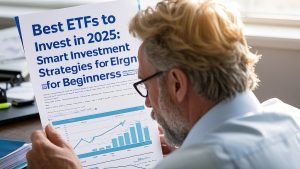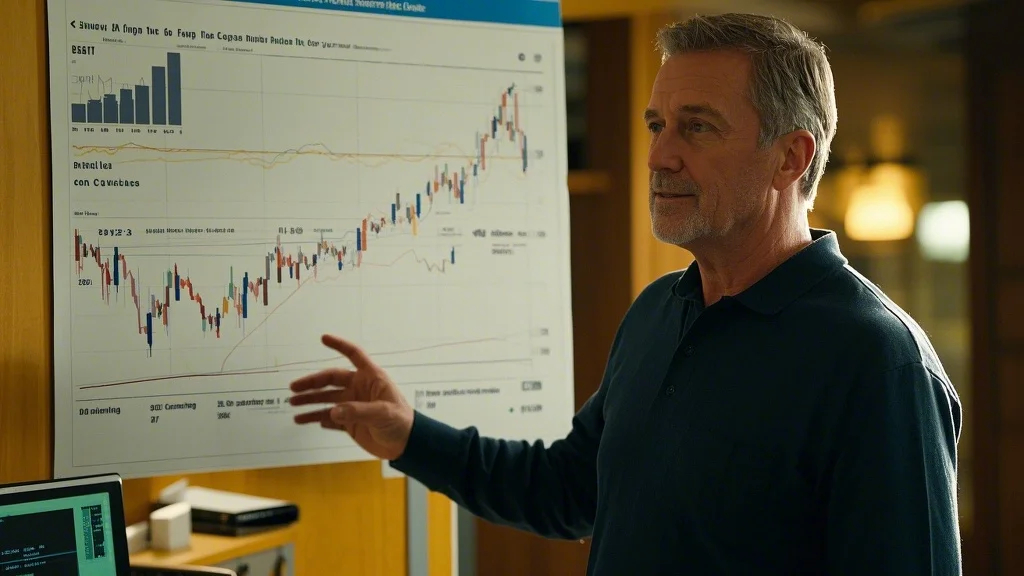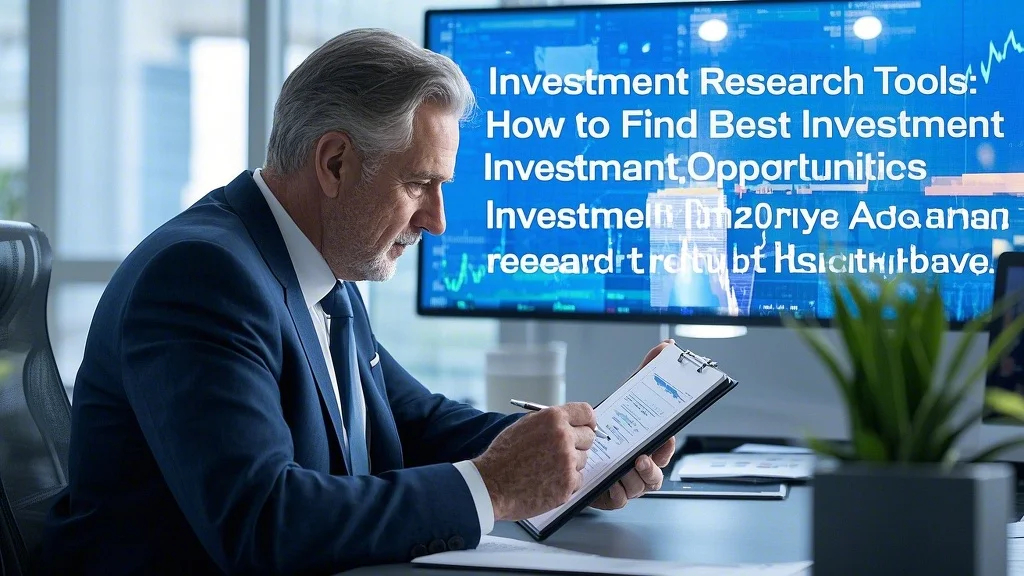The Growing Appeal of Smart ETFs for Modern Investors
Exchange-traded funds have revolutionized investing by offering diversified exposure through a single transaction, and smart ETFs represent the next evolution in this space. Unlike traditional index funds that simply track market benchmarks, these innovative products incorporate rules-based strategies or factor tilts designed to potentially outperform the market. For investors looking toward best ETFs 2025 might offer, understanding these “smart beta” approaches becomes essential. These funds might focus on quality factors like strong balance sheets, low volatility stocks, or momentum plays – each attempting to capture specific market anomalies that have historically delivered excess returns.
What makes smart ETFs particularly appealing is their ability to provide sophisticated strategies previously only available to institutional investors. The transparency of ETFs combined with these enhanced methodologies creates powerful tools for portfolio construction. As we look ahead to investment opportunities in 2025, these funds solve several challenges simultaneously – they offer diversification to manage investment risk management concerns while still providing the potential for above-market returns. For beginners especially, this combination addresses the common dilemma of wanting growth potential without taking on single-stock risk.
Identifying the Best ETFs for 2025’s Market Landscape
Projecting the best ETFs 2025 will bring requires analyzing both enduring investment principles and emerging market trends. Sector-rotation ETFs that adapt to changing economic conditions may gain prominence as investors seek responsive vehicles in potentially volatile markets. Another category worth watching includes thematic ETFs focusing on multi-year trends like artificial intelligence, renewable energy infrastructure, and aging population demographics. These funds allow participation in structural growth stories without needing to predict which individual companies will ultimately prevail.
The most compelling best ETFs 2025 candidates often share certain characteristics: reasonable expense ratios, sufficient assets under management to ensure liquidity, and transparent methodologies. Investors should pay particular attention to how different ETFs might complement each other – combining a broad market ETF with specialized thematic funds can create balanced exposure. As part of smart investing tips, remember that the “best” ETF varies by individual goals; retirees might prioritize different funds than young professionals building wealth aggressively.
Essential Smart Investing Tips for ETF Beginners
New investors often underestimate how proper fund selection and portfolio construction impact long-term results. Among the most valuable smart investing tips is understanding an ETF’s underlying index methodology before investing. Some supposedly “smart” strategies may have backtested well but contain hidden risks in live markets. Another often-overlooked aspect involves trading dynamics – while ETFs trade like stocks, making limit orders rather than market orders can prevent paying unnecessary premiums, especially for less liquid funds.
Implementing smart investing tips also means recognizing that even the most promising ETFs require patience. The temptation to chase recent top performers often leads to buying high and selling low – the exact opposite of successful investing. Dollar-cost averaging into positions can help mitigate timing risks while building discipline. For those interested in passive income investments, certain ETFs specialize in high-dividend strategies, though understanding the tax implications becomes crucial. The psychological aspect matters tremendously; having realistic expectations about returns prevents making emotional decisions during inevitable market fluctuations.

Investment Risk Management Through Strategic ETF Allocation
Effective investment risk management starts with proper asset allocation, and ETFs provide exceptional tools for implementing diversified strategies. Beyond simply spreading investments across sectors, consider how different ETFs respond to various market environments. Defensive sectors like consumer staples or utilities often behave differently than cyclical sectors during economic slowdowns. Incorporating low-volatility ETFs can potentially reduce portfolio swings without completely sacrificing growth potential – an important balance for many investors.
Advanced investment risk management with ETFs might involve using bond ETFs to counterbalance equity exposure or exploring alternative asset classes like real estate or commodities through specialized funds. The key lies in understanding how these components interact rather than simply adding more holdings. For those building passive income investments, laddering bond ETFs with different maturities can help manage interest rate risk while providing consistent cash flow. Risk isn’t just about volatility; it’s also about the probability of failing to meet financial goals, which makes matching ETF characteristics to personal timelines essential.
Building Passive Income Investments with ETFs
The search for reliable passive income investments has led many investors to specialized dividend ETFs that aggregate high-yielding stocks. However, the highest yield isn’t always the best approach – funds focusing on dividend growth or sustainability often provide better long-term results. Real estate ETFs (REITs) represent another avenue, offering exposure to property income streams without landlord responsibilities. These can be particularly attractive in tax-advantaged accounts where the typically higher yields face more favorable treatment.
Creating diversified passive income investments through ETFs requires looking beyond surface-level yields. The stability of the underlying payouts, the fund’s expense ratio, and the tax characteristics all influence net results. Some innovative ETFs now incorporate covered call strategies to enhance income, though these come with their own tradeoffs regarding upside participation. For retirees or those nearing retirement, combining several income-oriented ETFs can create multiple income streams while maintaining the liquidity benefits that ETFs provide over traditional income investments like annuities.
Crafting a Balanced ETF Portfolio for 2025 and Beyond
Constructing an ETF portfolio for the coming years involves balancing conviction about future trends with timeless diversification principles. While thematic smart ETFs capturing technological disruption or demographic shifts deserve consideration, they should typically complement rather than replace core holdings. The foundation might include broad market ETFs representing domestic and international equities, with satellite positions in more specialized funds. This approach provides participation in potential high-growth areas while maintaining baseline market exposure.
Rebalancing remains one of the most powerful yet underutilized smart investing tips for ETF portfolios. Periodically adjusting back to target allocations forces investors to sell high and buy low systematically. As 2025 approaches, staying informed about new ETF launches while avoiding unnecessary turnover in existing holdings presents an ongoing challenge. The best portfolios often look boring – built on sound principles of investment risk management rather than chasing the latest Wall Street fads. With discipline and proper ETF selection, investors can position themselves for whatever markets may bring in the coming years.


